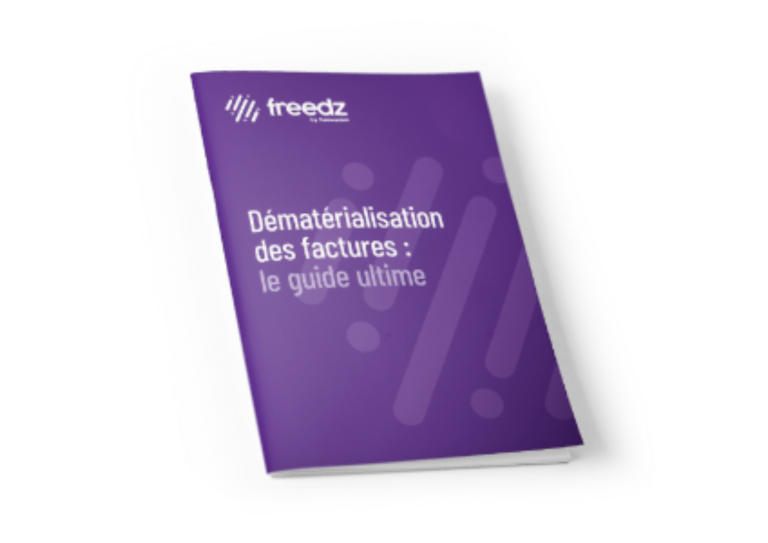White Papers and Kits
White papers
How-to sheet : Understanding electronic invoicing

The context of electronic invoicing in France is evolving rapidly.
With the implementation of the Finance 2020 law, companies will have to evolve their internal processes but also their tools to be in compliance with what the State expects.
New regulations, new invoice format, upcoming calendar ... Don't wait until the last moment to prepare for this revolution!
In addition, the dematerialisation of supplier accounting brings real time and productivity savings for you and your teams.
In this document, you will find out everything you need to know about electronic invoicing so that you can start preparing for it today!
Enjoy your reading!
Download your white paper:
These resources may also be of interest to you

Traitement des facteurs fournisseurs : comment mieux maîtriser les coûts et les risques ?
Le traitement des factures provenant des fournisseurs reste une tâche administrative fastidieuse. Les factures envoyées sous format papier sont encore nombreuses, malgré ce que l’on pourrait croire. Or, une facture papier nécessite de réaliser une saisie manuelle sur le logiciel de comptabilité, ce qui augmente le risque d’erreurs sans parler du risque d’égarer certaines factures au passage. Au final, beaucoup d’entreprises ont saisi tout l’enjeu de digitaliser leur processus de production, mais des progrès sont encore à réaliser dans la gestion et le paiement des factures des fournisseurs. Pourtant, des solutions existent pour faciliter le traitement de ces factures dans les meilleurs délais.
To know more about it
Invoice dematerialization: the ultimate guide
The reform of electronic invoicing will gradually lead French companies to begin the process of dematerializing their invoices.
Between 2026 and 2027, they will have to comply with the tax authorities' new e-invoicing and e-reporting requirements.
Don't wait until the last moment to learn more about the subject and comply! This white paper guides you step-by-step through the process of dematerializing invoices.
You'll discover the different types of electronic invoices, the legal aspects to be respected, and strategies to optimize your transition project in full compliance.
A valuable resource for anticipating regulatory obligations and taking full advantage of the benefits of dematerialization.
To know more about it
Real estate players: how to better manage your fluid consumption
The Elan law, tenant rebilling, consumption anomalies, water leaks... There are many issues related to energy and fluid management for real estate players.
Whether you're a social landlord or in the commercial property sector, these are major components of your operating expenses, as well as being a source of friction with potential tenants.
But while consumption data is usually "accessible" in invoices, analysis remains difficult and laborious. This is due to a lot of paper, manual data entry and, in short, time spent compiling data in Excel or in an analysis tool... When it's not simply put aside!
And yet, electronic invoicing can simplify all this, by facilitating access to data, opening the door to numerous sources of savings...
So how do you exploit its full potential? Discover the answer in our white paper.
To know more about itThe collaborative platform for invoice processing in the real estate and construction sectors.
Find out more about our solutions